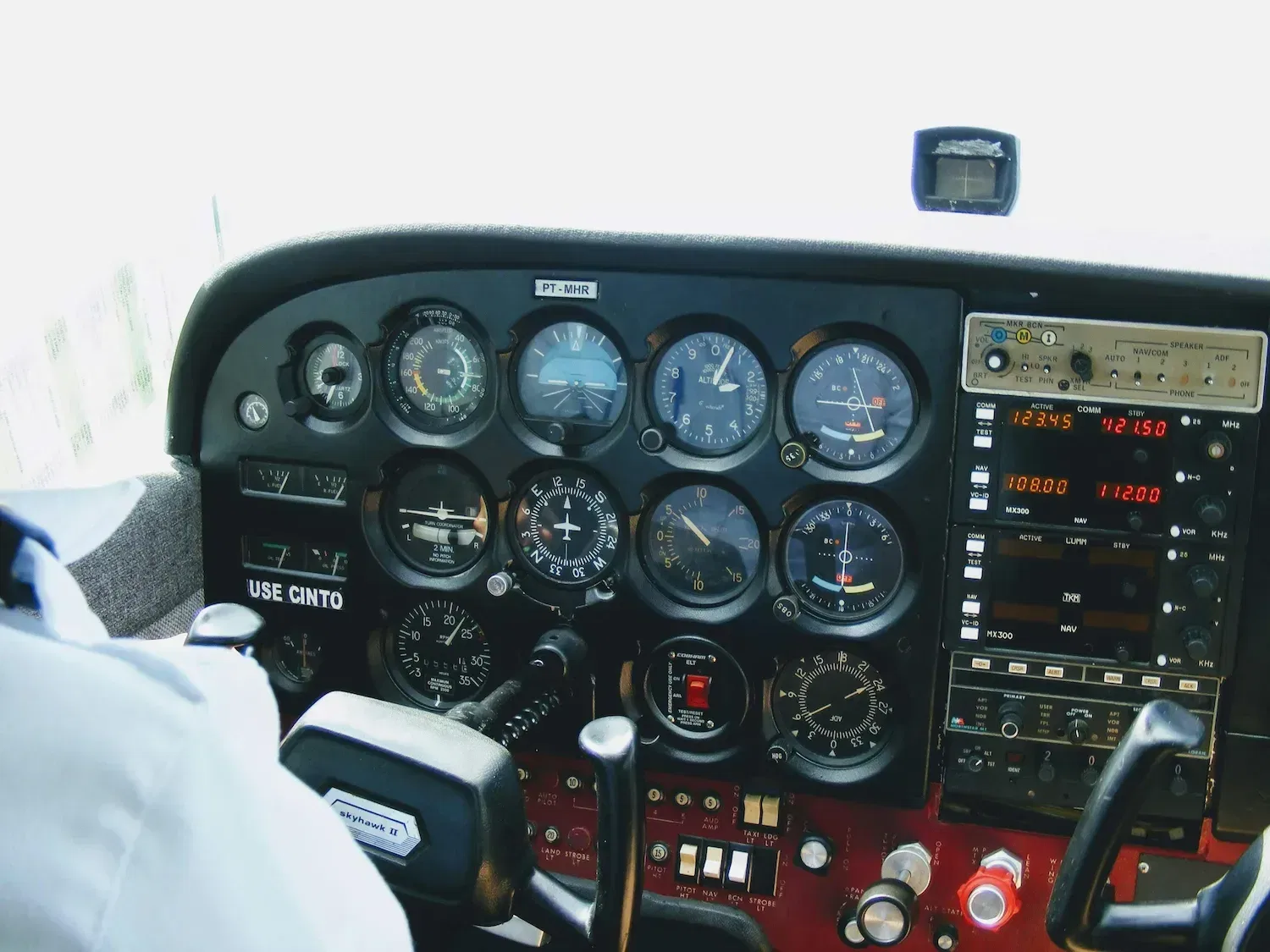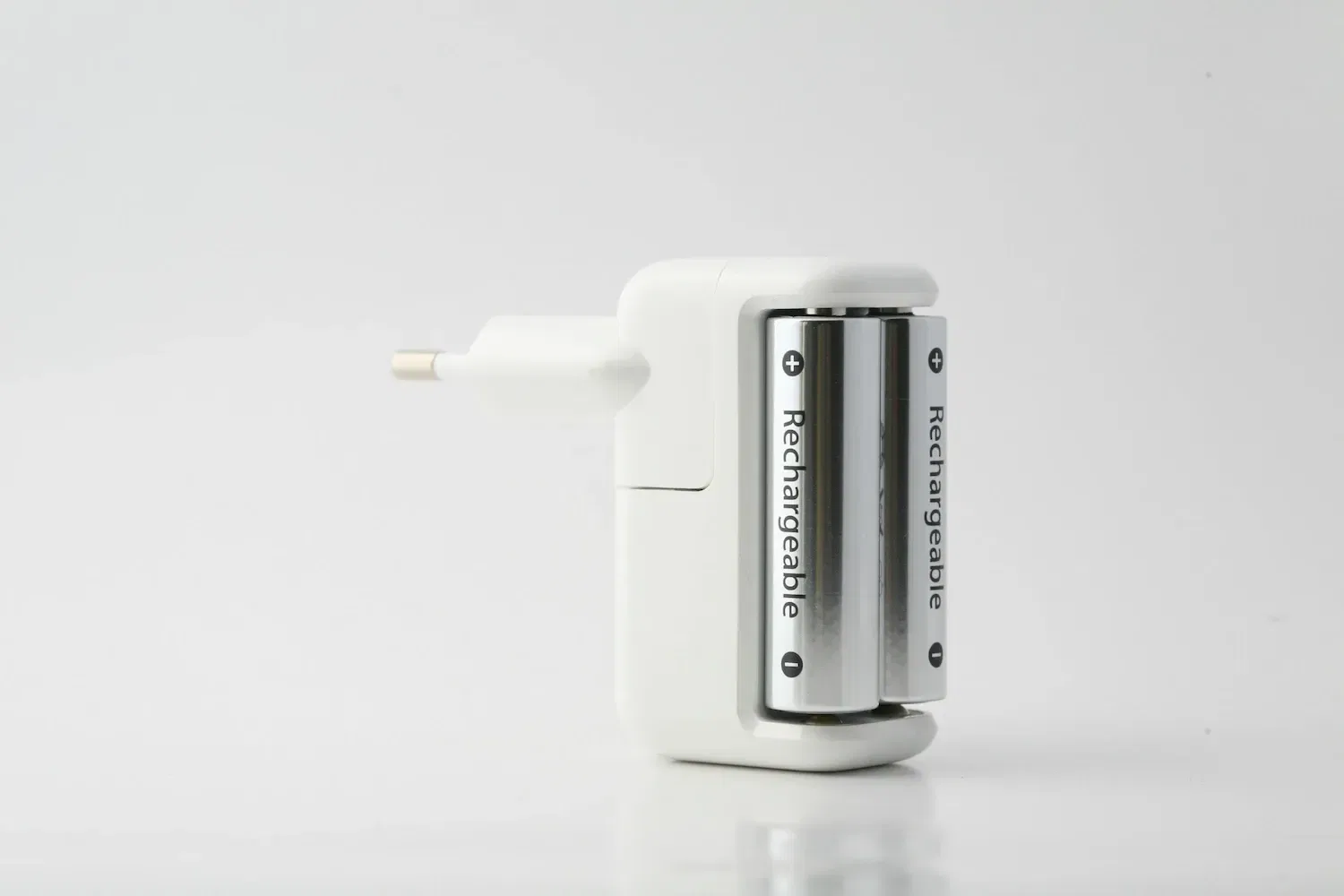RC Transmitters and Receivers

Understanding RC Transmitters and Receivers: A Focus on FlySky Systems
Remote control (RC) systems form the communication bridge between an RC pilot and their aircraft. Whether you're flying a beginner trainer or a custom FPV aircraft, the transmitter and receiver work together to deliver precise control. In this guide, we’ll cover how RC systems function, break down essential features like channels and signals, and focus on FlySky—a brand known for reliability, affordability, and beginner-friendliness.
1. What Is an RC Transmitter and Receiver?
- Transmitter (TX): The handheld controller that sends commands wirelessly to the aircraft.
- Receiver (RX): Installed inside the aircraft, it receives those signals and controls servos, ESCs, or flight controllers.
These systems allow control over:
- Throttle (engine power)
- Elevator (pitch)
- Rudder (yaw)
- Ailerons (roll)
- Additional features like flaps, retractable gear, or lighting

2. Channels Explained
A channel represents one controllable function on the aircraft. The more channels you have, the more features you can operate:
- 4 channels: throttle, elevator, rudder, ailerons (basic control)
- 6 channels: adds flaps or a basic gimbal
- 10+ channels: required for advanced systems (landing gear, lights, FPV camera, etc.)
FlySky transmitter options include:
- FS-i6: 6 channels – ideal for fixed-wing aircraft
FS-i10, FS-NV14: 10–14 channels – for complex multirotor or FPV platforms

3. PWM, PPM, and iBUS Signal Formats
FlySky receivers support multiple signal output types, each suited to different setups:
- PWM (Pulse Width Modulation):
- One signal wire per channel
- Widely used in basic aircraft setups with individual servos
- PPM (Pulse Position Modulation):
- Combines all channel signals into one wire
- Reduces wiring complexity, ideal for drones and flight controllers
- iBUS:
- FlySky's high-speed digital protocol
- Allows for both control and telemetry feedback
- Great for modern builds with flight controllers and sensors
Receivers like the FS-iA6B support both PWM and iBUS, offering flexibility depending on your aircraft’s configuration.

4. Mode 1 vs Mode 2 Transmitter Layout
FlySky transmitters come in either Mode 1 or Mode 2, which define how the sticks are assigned to flight controls:
Mode 2 (most popular worldwide):
- Left stick: Throttle (up/down) and Rudder (left/right)
- Right stick: Elevator (up/down) and Ailerons (left/right)
- Mimics real aircraft controls and is the standard in most regions
Mode 1:
- Left stick: Elevator and Rudder
- Right stick: Throttle and Ailerons
- Preferred in some countries or for aerobatic flying
Note:
- FlySky models like the FS-i6 usually ship in Mode 2
- Some transmitters allow changing the mode through settings or by adjusting springs and stick centering
5. Binding a FlySky Receiver to a Transmitter
Binding is the process of linking a FlySky transmitter with its receiver to establish a secure communication channel.
What You Need:
- A FlySky transmitter (e.g., FS-i6, FS-i6X, or FS-i10)
- A compatible receiver (e.g., FS-iA6B, FS-iA10B)
- A bind plug (usually included with the receiver)
- A battery or BEC to power the receiver
Binding Procedure (FS-i6 / FS-i6X and similar):
- Power off the transmitter.
- Insert the bind plug into the BIND port (or CH3) on the receiver.
- Connect a power source to the receiver (via any channel).
- The receiver's LED should start flashing rapidly.
- Hold the BIND KEY or Bind Button on the transmitter and turn it on.
- When the receiver LED becomes solid, binding is successful.
- Power off the receiver, remove the bind plug, and power it back on.
- Test stick movements to confirm control is active.
Always perform a range check after binding to ensure signal strength is reliable.


6. Basic Setup with FlySky
After binding, assign channels based on your aircraft layout:
- CH1: Ailerons
- CH2: Elevator
- CH3: Throttle
- CH4: Rudder
- CH5/CH6: Auxiliary functions (flaps, gear, lights)
Use the transmitter settings to reverse any incorrect control directions, adjust servo center points, and set up failsafe behavior, especially for throttle.
7. Understanding Channel Mapping for Beginners (Mode 2 Transmitters)
If you’re new to RC flying and using a Mode 2 transmitter (the most common setup), here’s how your stick movements map to receiver channels:
- Channel 1 – Ailerons (Roll)
- Controlled by moving the right stick left/right
- Rolls the plane left or right
- Channel 2 – Elevator (Pitch)
- Controlled by moving the right stick up/down
- Pulling back pitches the nose up, pushing forward pitches it down
- Channel 3 – Throttle (Power)
- Controlled by moving the left stick up/down
- Up increases motor speed, down reduces it
- Channel 4 – Rudder (Yaw)
- Controlled by moving the left stick left/right
- Turns the aircraft left or right on the horizontal axis
- Channel 5 and above – Auxiliary channels
- Controlled by switches or knobs
- Used for flaps, landing gear, lights, or other custom functions
Additional Notes:
- If using a Mode 1 transmitter, the throttle is on the right stick, and elevator is on the left.
- You can reverse channel directions in the transmitter settings if any surface moves in the wrong direction.
- Receivers typically assign channels to specific pins (CH1–CH6), but transmitters may allow remapping inputs to channels depending on the model.
8. Range and Signal Reliability
FlySky’s AFHDS 2A protocol (Automatic Frequency Hopping Digital System) operates in the 2.4 GHz band and offers:
- Reliable, interference-resistant signal transmission
- Effective range of 500 to 1000 meters (more in open areas)
Dual antenna receivers like the FS-iA10B for added redundancy
9. Telemetry and Smart Features
Many FlySky systems support telemetry, allowing real-time monitoring of:
- Battery voltage (via external sensor)
- Signal strength (RSSI)
- Temperature, altitude, GPS data (with optional modules)
Transmitter models like the FS-i6X and FS-i10 can display telemetry data on-screen during flight for enhanced awareness and safety.
10. Why Choose FlySky?
FlySky transmitters and receivers are well-regarded for:
- Affordable pricing
- Beginner-friendly interface and setup
- Compatibility with PWM and iBUS systems
- Dependable signal range and stability
- Expandability with extra channels and telemetry
Whether you're just entering the RC hobby or expanding into advanced aircraft systems, FlySky provides a solid and cost-effective platform for reliable remote control.





